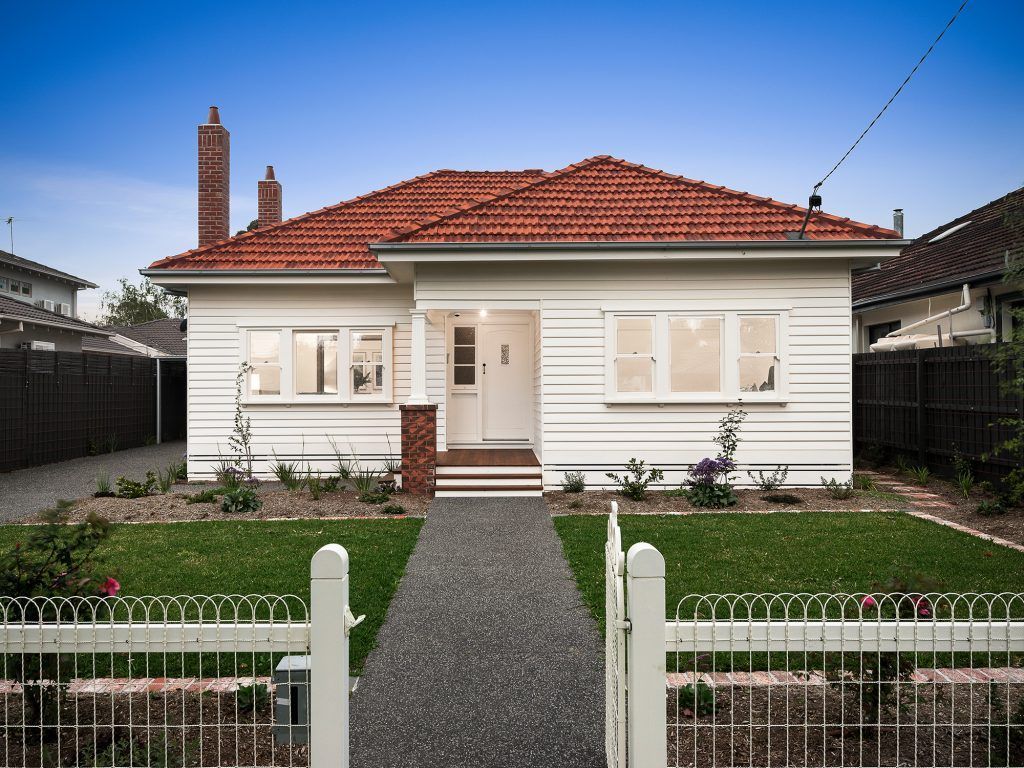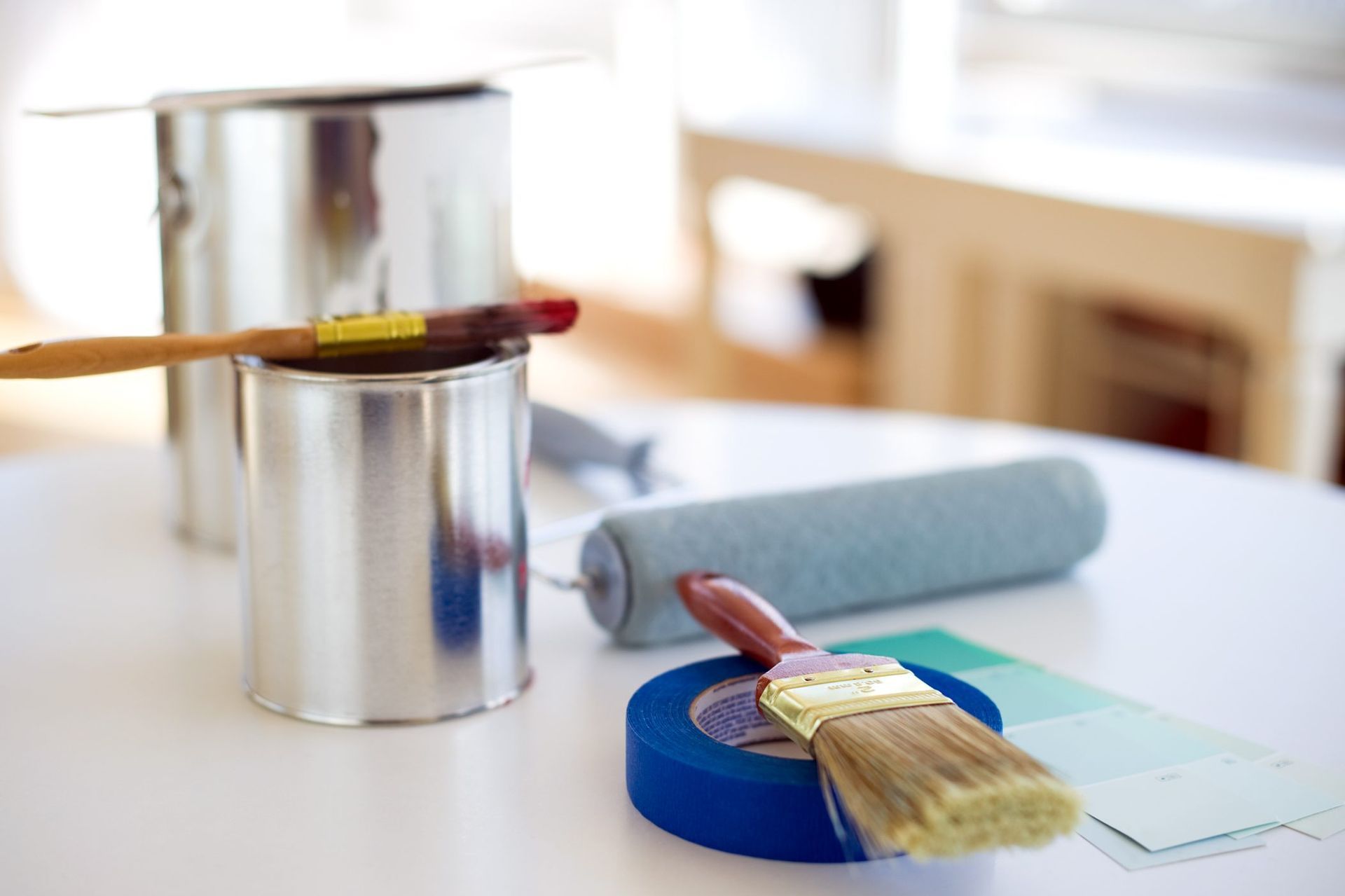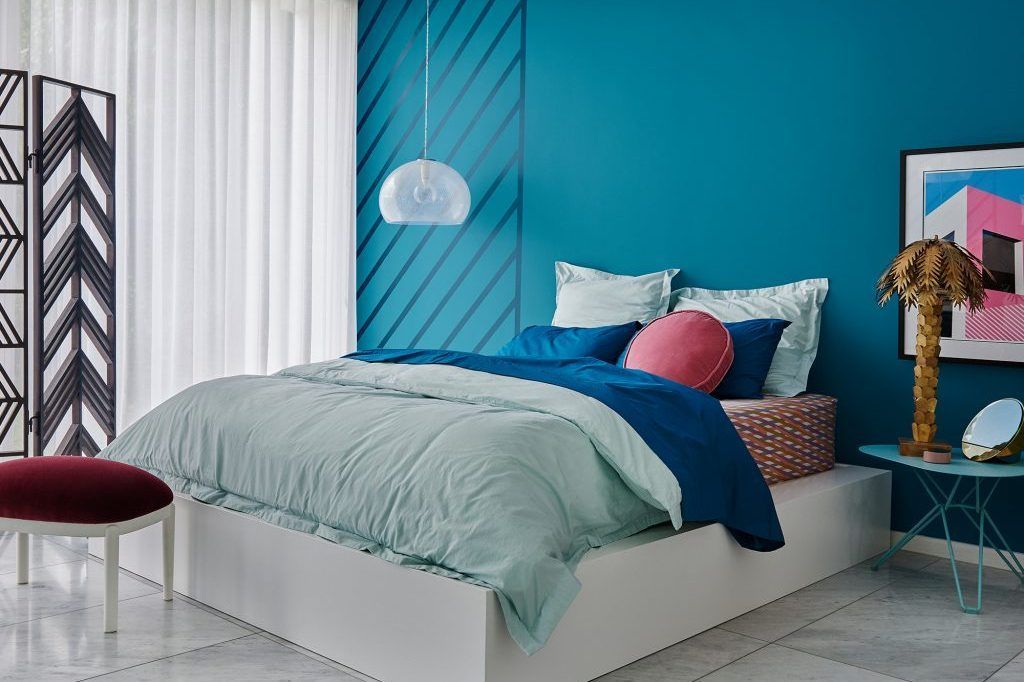Tips for choosing exterior paint
Tips for choosing exterior paint
Picking house paint colors isn’t just difficult. It can be terrifying! Choose colors that are blah, and your house will seem flat and featureless. But if the paint colors you pick are too bold, they might overwhelm the architecture — and upset the neighbors. Choosing the right exterior house colors and exterior house color combinations can change your life. Here are some tips on how to do it.
The best paint colors will highlight the most beautiful features of your home.
That’s one reason to know a little bit about architecture. Skillful use of color can even disguise design flaws, boosting the curb appeal and market value of your home. How do you find that magic color combination? Check out these exterior paint ideas.
1.Honor History
If you’re planning to paint an older home, you’ll probably want to use a historically accurate color scheme. You can hire a pro to analyze old paint chips and recreate the original color. Or, you can refer to a historic color chart and select shades that might have been used at the time your home was built. The more simple your house is, the fewer colors you’ll need. For an elaborate Victorian house style, plan to use four to six colors. Do some careful observation of color combinations by visiting some historic homes like Roseland Cottage in Connecticut. Think about the history of your own house, because you and what you do will become part of that history.
2.Jazz Up the Past
In some neighborhoods, homeowners fly in the face of history. Instead of choosing historically accurate colors, they paint their houses modern colors to dramatize architectural details. Using bright colors on old architectural details can produce startling and exciting results — if your local historic commission approves.
But before you buy 10 gallons of bubblegum pink, it’s a good idea to look at what your neighbors are doing. A fluorescent colored Victorian that looks splendid in San Francisco will seem wildly out of place in more conservative neighborhoods of the Northeast. Bright pink stucco in Florida might give a homeowner in Washington State a startling insight — one way or the other. Houses of similar ages may have regional variations of exterior color.
Lastly, for goodness sake, don’t buy a paint color because it’s on sale or your contractor can get you a deal!
3.Consider Your Neighbors
The house next door can give you paint color ideas, but don’t copy your neighbor exactly. Choose colors that set your house apart, without clashing with nearby buildings. Look around your neighborhood. Does your house architecturally look like the house next door? Are you in a suburban development or are your neighbors the trees? Or does your house stand apart, like the original large farmhouse that is now surrounded by newer ranch styles mid-century homes? Choose colors that coordinate with what is around you.
4.Borrow From Nature
The landscape around your house is blooming with color ideas. Trees may suggest an earthy palette of greens and browns.
A beach setting might suggest vivid blues and turquoises or even shades of pink. A front yard garden can inspire or complement exciting color combinations at tulip time. Where does the sun shine onto your house? How is your house positioned in the environment? Production houses usually aren’t optimally positioned on their lots, so do what Australian architect Glenn Murcutt tells us to do — follow the sun. Color needs light.
5.Check the Roof
Your house is your canvas, but it is not blank. Some colors are already established. Is your roof asphalt? Shingle? Metal? Terracotta? Slate? Clay? Roofing materials have their own colors. Your exterior siding paint color doesn’t need to match the roof, but it should harmonize. When choosing exterior paint, start with what’s there already. Paint is easier to change than a roof.
6.Look For Things That Won’t Be Painted
Every home has some features that will not be painted. Is your home brick? Stone? A combination? Does it have a dominant chimney? Vinyl windows? A natural wooden door? Construction materials have their own colors. Will steps and railings remain their existing colors? Choose a color scheme that harmonizes with colors already present on your house. In the words of architect Frank Lloyd Wright, “Wood is wood, concrete is concrete, stone is stone.” Wright would rather go au naturel.
7.Find Inspiration in Your Living Room
Architect Frank Lloyd Wright preferred the colors of natural materials, yet he used his favorite Cherokee red color everywhere, including the Zimmerman House in New Hampshire. Consider the color schemes used inside your home. Exterior colors should harmonize with the interior. It may seem comical to paint an entire house based on the pattern of a pillow case, but this approach does make sense. The color of your furnishings will guide you in the selection of your interior paint colors, and your interior paint colors will influence the colors you use outside. Once again, your goal is to harmonize.
8.Focus on Details
To emphasize architectural details, outline them with an accent color that contrasts with the background. What are the architectural details of your house? Do you have brackets? Imposts? Swirls? Dentil molding? More importantly, are there architectural details missing that should be replaced before you begin painting?
Depending on the size and complexity of your home, you may want to choose two, three, or as many as six colors. In addition to color for your siding, select accent colors for shutters, moldings, doors, window sashes, brackets, columns, and porch decks. Remember that storm windows and screens can now be purchased in a variety of colors. But beware: too many colors will overwhelm your house. Too few can make your house seem flat and uninteresting.
9.Use Light to Add Size
It’s no wonder large, grand estates are often painted white. Light colors make a building look larger, and white is the favored color for traditional classical architecture. In fact, there’s a very famous White House in Washington, D.C. You can add to your home’s sense of size and dignity by using white or a pale cream color. Use darker colors to emphasize shadows and lighter colors to show projections.
10.Go Dark For Drama
Dark siding or dark bands of trim will make your house seem smaller, but will draw more attention to details. This technique of accented banding can be found in many of Frank Lloyd Wright’s interiors. For exteriors, accent recesses with darker shades and highlight details with lighter tones. Traditionally, the window sashes of Victorian homes are painted with the darkest of the chosen historic color combination. Large surfaces make paint look lighter, so consider selecting darker shades.
11.Discover Color Families
Contrasting colors will draw attention to architectural details. But, extreme contrasts will clash and actually detract from details.
To be safe, consider staying within a single color family. For some accents, try using a darker or lighter shade instead of a different color. Brush up on the differences among tints, tones, and shades.
12.Strike a Balance
A burst of a single color on just one part of your home may give it a lopsided appearance. Strive to balance colors over the entire building. Some people disagree with this, but generally you should avoid extreme contrasts. Choose colors that are related. Use available software programs to visualize combinations. Remember to check with your historic commission about historic color combinations.



